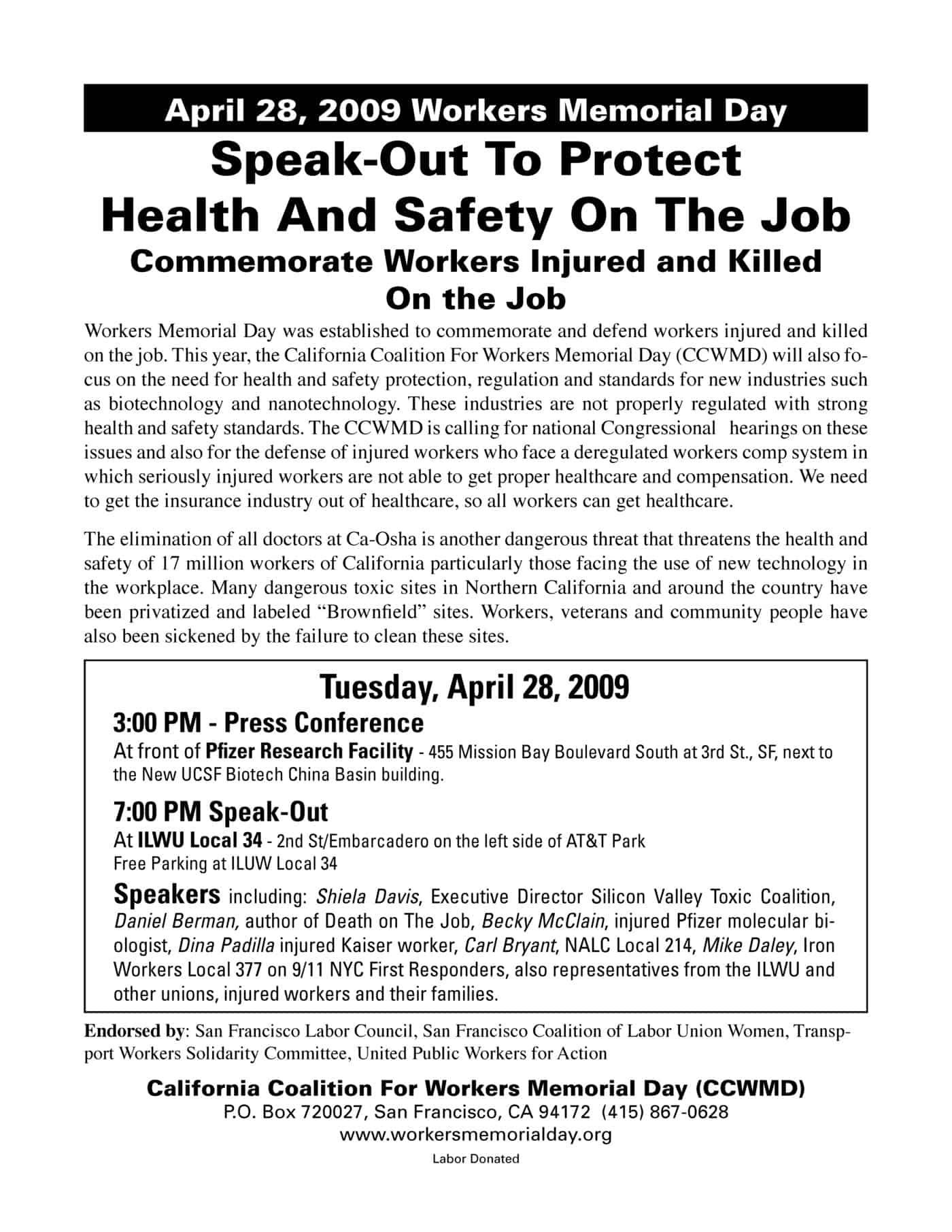The AAP and others are reporting a big fine over the death of Lydia Carter whilst driving a go-kart at a work function held in Port Melbourne in 2006. The significance of the $A1.4 million fine is that the company, AAA Auscarts Imports Pty Ltd, is not a large or multinational corporation.
Ms Carter was wearing a seat belt that did not fit properly and safety barriers on the track had been incorrectly installed.
Judge Duncan Allen said
“There is no doubt in my mind that (Auscarts) not only was fully aware of the risk, but was fully aware of the ways to reduce them”
“The company showed a gross disregard concerning the safety of employees and the public.”
For OHS professionals this case, which ended today (12 May 2009) in the Victorian County Court, will generate a fair degree of attention because of the fine’s size. However, from the information currently available, the case seems one of the go-kart company having a work environment that was unsafe for customers, the company being aware of this and not doing enough to fix it.
SafetyAtWorkBlog is also looking into how Ms Carter’s death has changed her employer’s organisation, what effect it had on her colleagues, what policy changes have been made, amongst other matters.
The judgement will also be made available as soon as possible.

